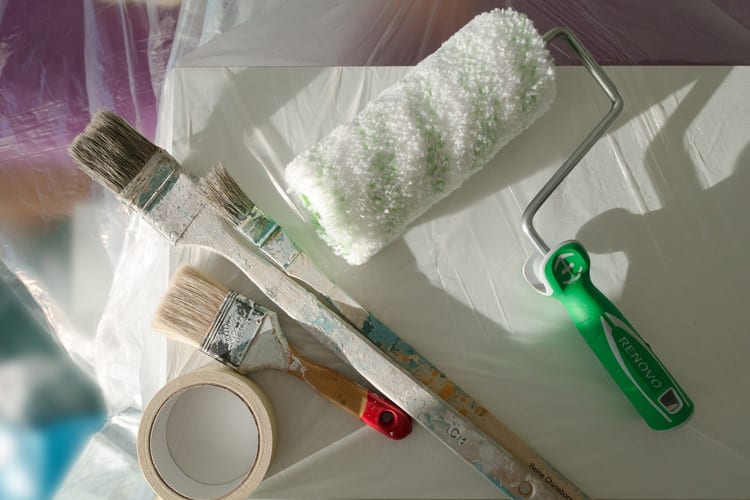As a renter, finding a flipped property can be great. After all, you’re moving into a recently renovated space that’s clean, modern, up to code and generally more visually appealing, right? Unfortunately, that’s not always the case.
Some flipped properties are done very quickly, and in the process, hazardous shortcuts might have been taken. It’s important to know what to look out for when renting a flipped property so you can ensure you’re getting a property that’s been cared for rather than neglected. Here are five things to consider when renting a flipped property.
1. Water damage
Water stains on walls, floors or ceilings are a strong indication that an underlying problem was covered up and not addressed. This could be caused by an internal leak from a pipe or cracks in the exterior.
Water stains could be indicative of obvious future issues of flooding and damage, but one thing renters often won’t think about is how a water stain could link to their health. Where there’s water, there’s moisture. And where there’s moisture, you’ll likely also get mold, which is a serious health hazard.
2. Appliances
If flippers are unqualified and are installing appliances themselves to cut costs, these appliances may not be installed properly. Given that you’ll definitely want to use your stove, oven or microwave when you’re renting, it’s important to turn everything on when you’re viewing the property to make sure it’s all in working order.
3. Electrical issues
This is a big one. Outlets next to water sources need to have a GFCI (ground fault circuit interrupter) outlet installed. GFCIs quickly shut off power at an outlet when it detects a short circuit or a ground fault.
If your hair dryer comes into contact with water, for example, a GFCI outlet will shut off power to the hair dryer to prevent you from getting electrocuted. To know if an outlet is GFCI or not, look for a reset button and test button on the front of the panel.
4. Sturdy hand rails
Installing railings can be one of the last steps after you’ve redone stairs, carpet, flooring, drywall or paint. Some flippers may take shortcuts and install the railings by directly screwing them into the drywall.
This isn’t safe because the railing will pop out of the wall if you find yourself grabbing onto it to prevent a fall. Give the hand railing a good wiggle to test its stability when you’re checking out your potential rental.
5. The exterior
When you’re looking at rentals, you generally spend most of your time investigating the inside of the house. But the exterior of a house can tell you a lot about a flipped property.
If a flipped property was done well, the last thing the investor would do is neglect the outside of the home where rain, snow, rodents or insects could get in. Take a walk around the outside of the house and look for these red flags:
Loose deck boards or rotting wood
Visible cracks in the exterior of the home
Poorly secured or rotting eaves
Rotting wood around window frames and doors
When investors are looking at purchasing a property to flip, the house is not going to be in tip-top shape. After all, these investors are looking to invest in the property to make it more appealing and generate profit.
As a renter, it’s important to know what signs you should look out for to help you determine if you’re renting a winner, or a house that may not be safe to occupy. Next time you’re checking out a house that was recently flipped, be sure to look for the red flags above to help determine if you should say yes or pass.
For more information, visit the Rent.com blog.




